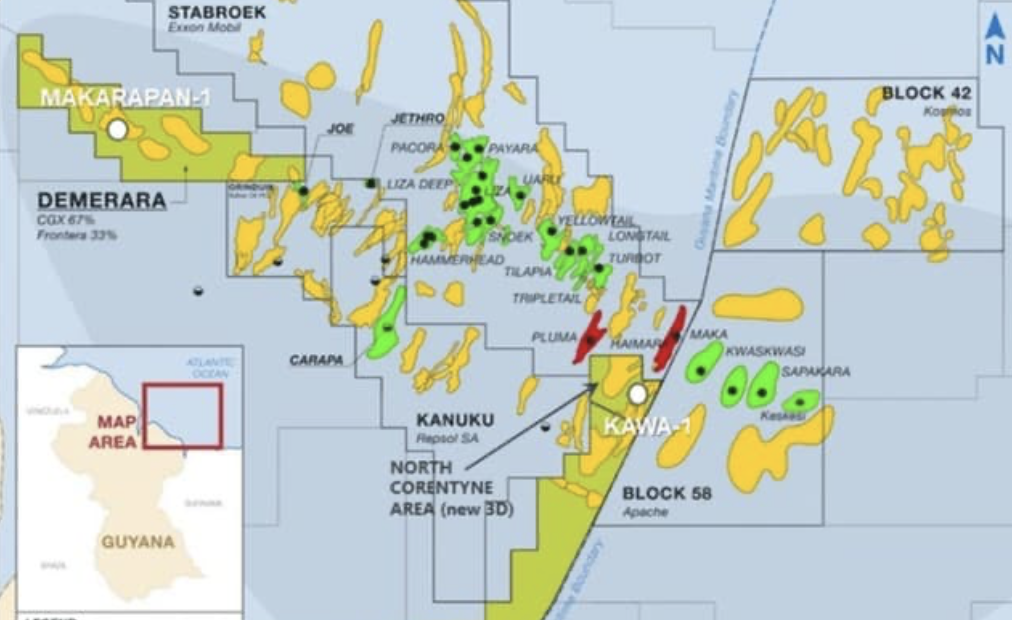A tiny country has become one of India's most exciting relationships
— Shashank Mattoo 🇮🇳 (@MattooShashank) February 25, 2023
Its massive oil reserves are set to make it one of the world's richest countries
It has a 350,000+ Indian diaspora & major defence purchases from 🇮🇳 lined up
🧵on how a tiny nation became vital to 🇮🇳 (1/10) pic.twitter.com/lnMVmzzEtg
(3/10)
— Shashank Mattoo 🇮🇳 (@MattooShashank) February 25, 2023
1. Energy
Guyana is the world's newest oil power w. 11 billion barrels of oil reserves discovered since 2015
That gives it the 17th largest reserve in the world
A senior 🇮🇳 diplomat tells me that once sales begin, Guyana will become one of the world's richest nations pic.twitter.com/6JUVq3xhwP
Guyana is the third-smallest sovereign state by area in mainland South America after Uruguay and Suriname, and is the second-least populous sovereign state in South America after Suriname; it is also one of the least densely populated countries on Earth. It has a wide variety of natural habitats and a very high biodiversity.
The region known as “the Guianas” consists of the large shield landmass north of the Amazon River and east of the Orinoco River known as the “land of many waters”. Guyana was colonised by the Dutch before coming under British control in the late 18th century. It was governed as British Guiana, with a mostly plantation-style economy until the 1950s. It gained independence in 1966, and officially became a republic within the Commonwealth of Nations in 1970. Its official language is English, the only South American country where this is the case.
Guyana’s economy has been undergoing a transformation since the discovery of crude oil in 2015 and commercial drilling in 2019, being one of the only economies to grow despite the pandemic in 2020 at 49% GDP growth through the year. Due to Guyana’s small population and as much as 11 billion barrels in oil reserves, the country is on course to become one of the largest per capita oil producers in the world by 2030. The discovery of over 11 billion barrels of oil reserves off the coast of Guyana in the last five years is the largest addition to global oil reserves in the last 50 years.

